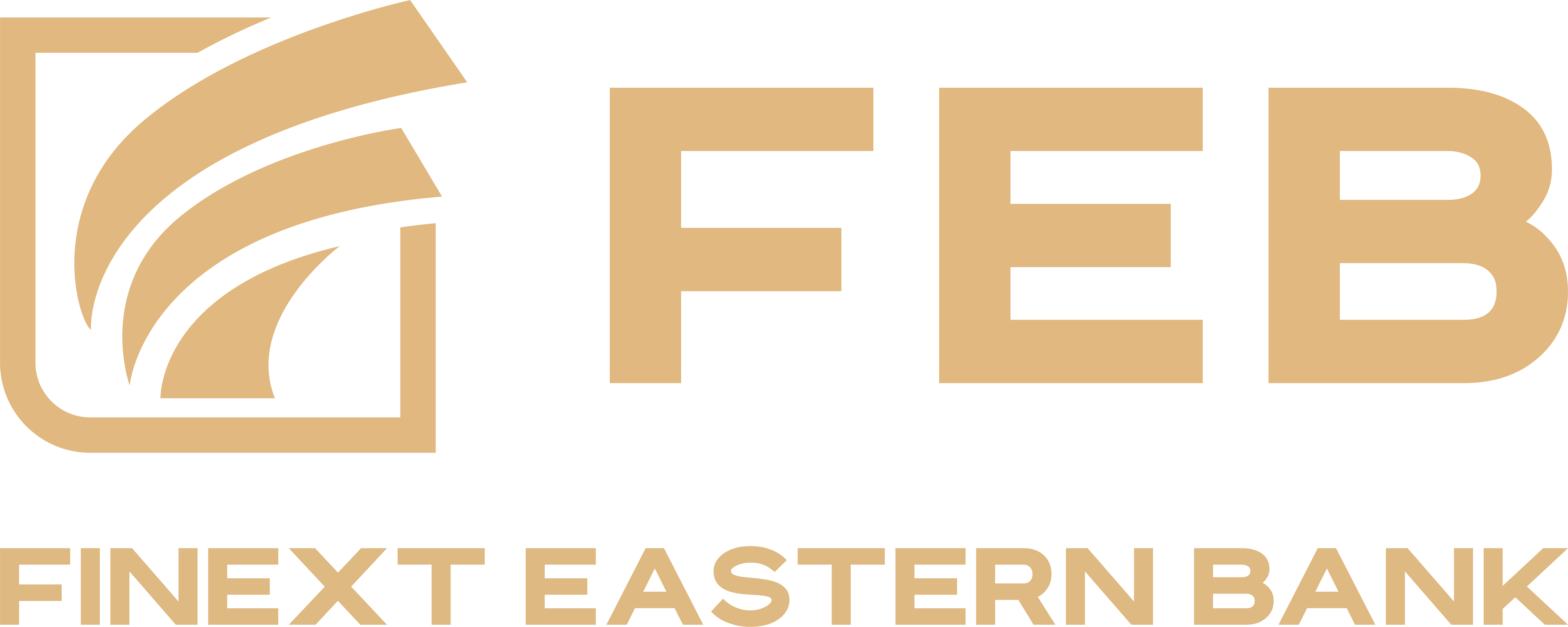In recent years, a new breed of publicly traded companies has emerged, known as Digital Asset Treasury Companies (DATs). These firms focus on acquiring and holding substantial amounts of digital assets on their balance sheets, aiming to amplify shareholder value by leveraging the appreciation of these holdings.
What Are DATs?
DATs are publicly listed companies that maintain significant holdings of digital assets, such as Bitcoin and Ethereum. Unlike traditional companies that hold cash or bonds, DATs use digital assets as primary treasury reserves. This provides investors with exposure to the potential upside of these assets while maintaining the operational structure of a public company.
Leading Examples: MicroStrategy and BitMine
The concept of DATs gained prominence in 2020 when MicroStrategy began converting its cash reserves into Bitcoin, pioneering the Bitcoin-centric treasury strategy. MicroStrategy’s approach has inspired numerous other companies to adopt similar strategies, cementing Bitcoin’s role as a treasury reserve asset for institutional investors.
Meanwhile, BitMine Immersion Technologies, led by Tom Lee, has emerged as the Ethereum counterpart. BitMine has rapidly become the world’s largest public holder of Ethereum, with over 2.4 million ETH (valued at ~$10.9 billion), representing more than 2% of the total ETH supply. Under Lee’s leadership, BitMine aims to acquire up to 5% of Ethereum’s total supply. In September 2025 alone, the company purchased over $1 billion worth of ETH within 48 hours, signaling strong institutional confidence in Ethereum’s role in the future of finance.
Market Dynamics and Challenges
While DAT adoption continues to grow, there are inherent risks. Digital assets are relatively volatile, which can introduce significant balance sheet risk. Regulatory scrutiny is also intensifying, with authorities examining implications for financial stability, reporting standards, and corporate governance.
Ethereum-focused DATs, such as BitMine, face additional complexity due to staking mechanisms, smart contract exposure, and network-specific risks. Bitcoin-focused DATs, like MicroStrategy, are comparatively simpler but are still exposed to price volatility and market sentiment.
The Future of DATs
Looking forward, DATs will likely see closer integration with traditional finance. This could include standardized accounting practices for digital assets, enhanced regulatory clarity, and hybrid strategies combining multiple cryptocurrencies.
DATs are emerging as a bridge between traditional finance and the digital asset economy, offering investors structured exposure to cryptocurrencies while helping institutionalize digital asset adoption. MicroStrategy and BitMine show how Bitcoin and Ethereum can serve complementary roles in corporate treasury strategy.
Key Takeaways
- DATs are growing: Public companies are increasingly holding digital assets as treasury reserves, providing structured exposure to cryptocurrencies.
- MicroStrategy leads with Bitcoin: The company pioneered Bitcoin-centric treasury strategies, inspiring other firms to follow.
- BitMine leads with Ethereum: Under Tom Lee, BitMine has accumulated over 2.4 million ETH, making it the world’s largest public Ethereum holder and signaling institutional confidence in ETH.
- Volatility and regulation remain challenges: Digital assets are highly volatile, and regulatory scrutiny is increasing globally.
- Future is integration and hybrid strategies: DATs may increasingly combine multiple cryptocurrencies and integrate with traditional finance, bridging the gap between digital assets and corporate treasury management.
This article is for informational purposes only and does not constitute financial, investment, legal, or accounting advice. The examples and data referenced are illustrative and may not reflect real-time market conditions. Readers should conduct their own research and consult qualified advisors before making any investment or corporate finance decisions involving digital assets.






